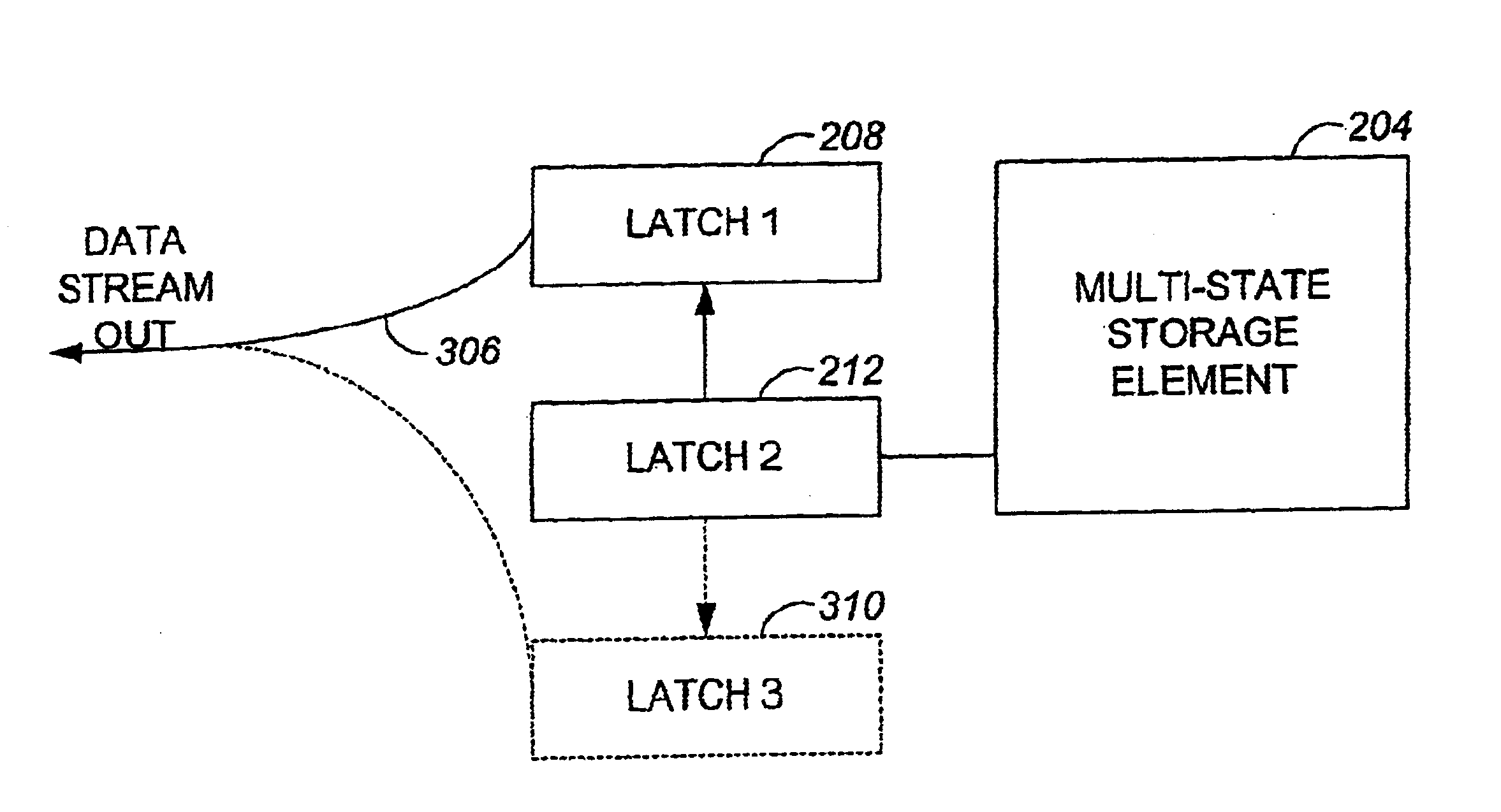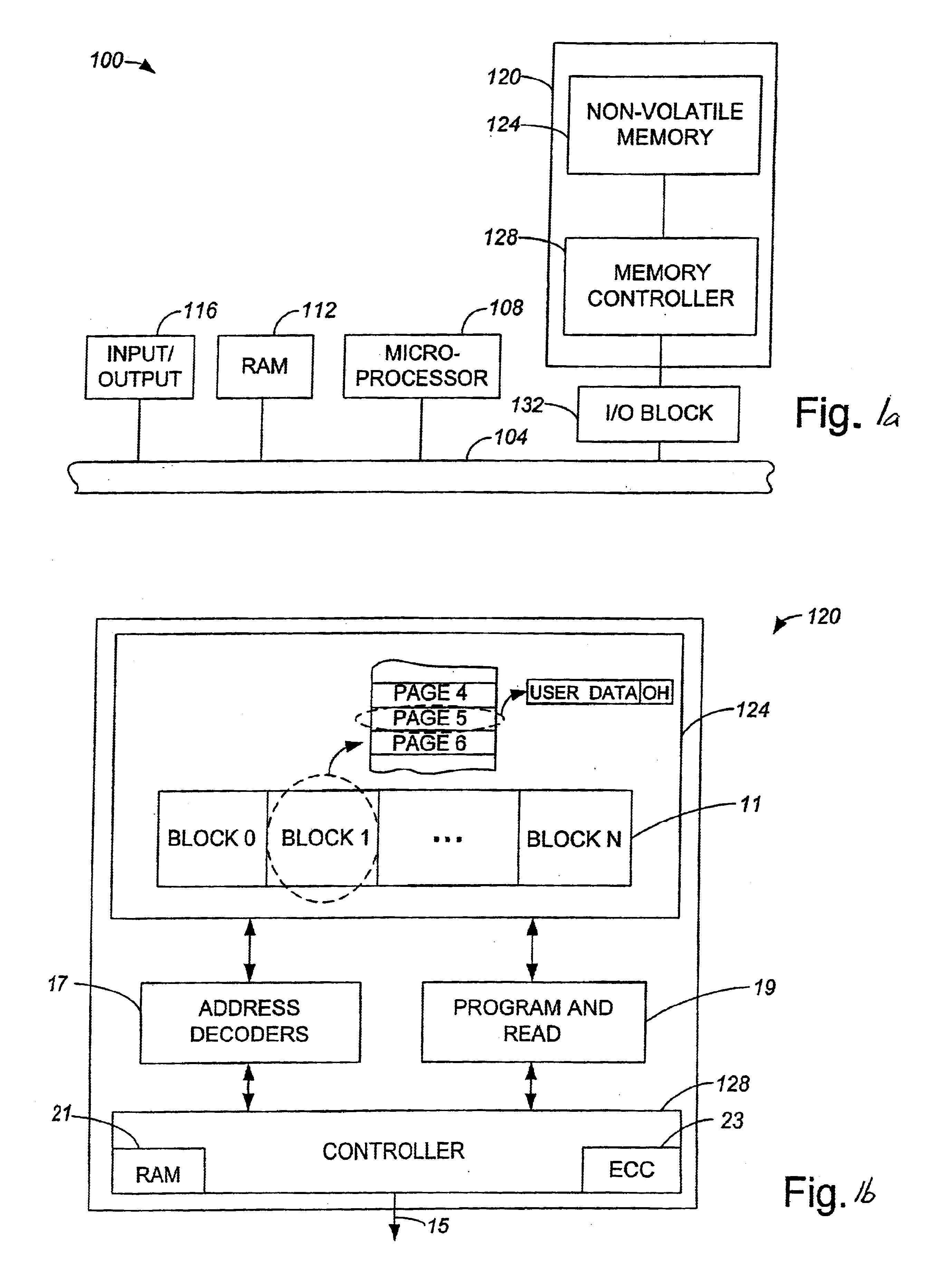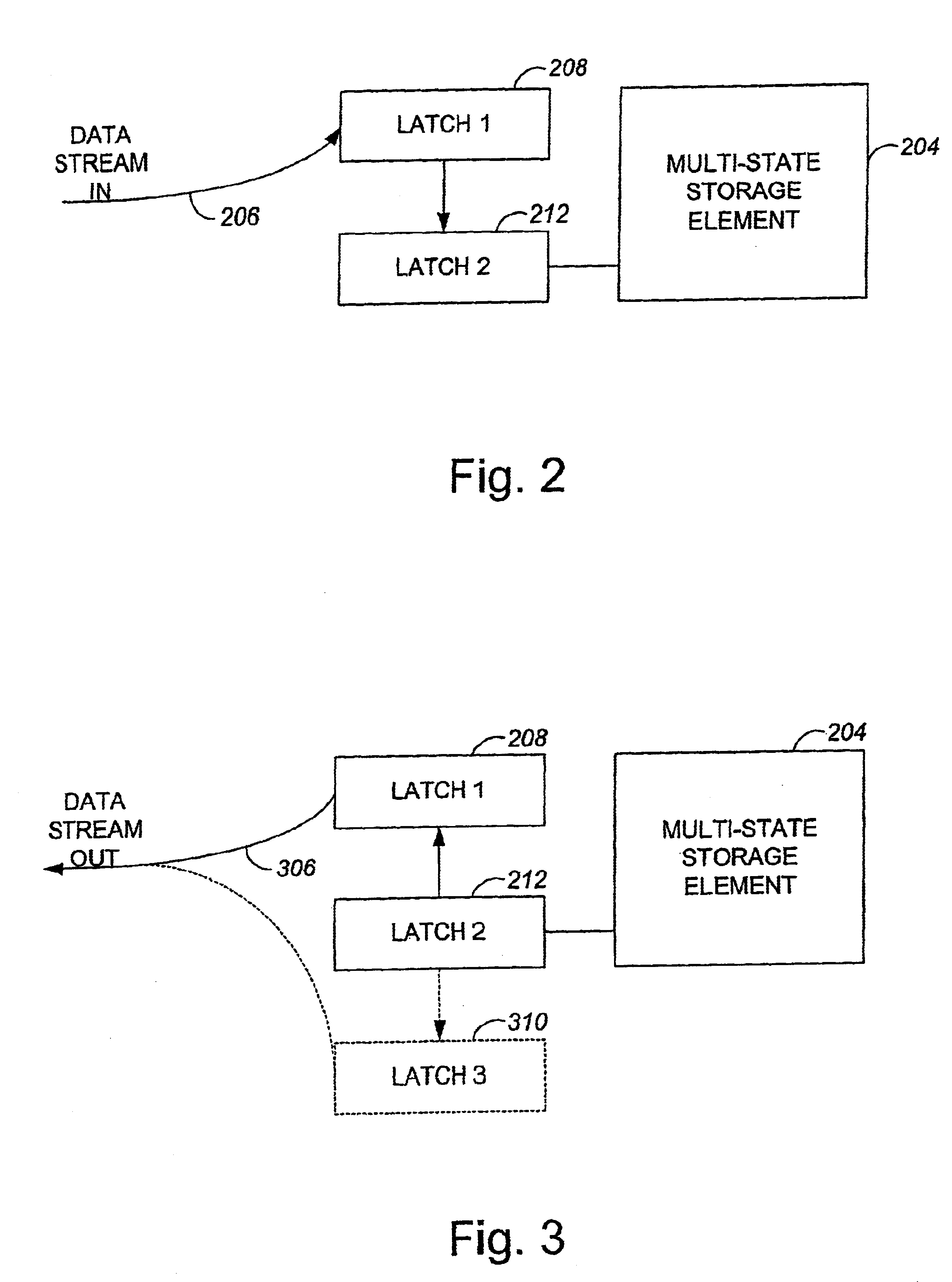Efficient read, write methods for multi-state memory
a multi-state memory and efficient technology, applied in the field of mass digital data storage systems, can solve the problems of long time to perform, slow write operation, and time-consuming read operation
- Summary
- Abstract
- Description
- Claims
- Application Information
AI Technical Summary
Benefits of technology
Problems solved by technology
Method used
Image
Examples
Embodiment Construction
Reducing the overhead associated with reading bits from and writing bits into a multi-state storage element, e.g., by reducing the number of transistors needed to read and write bits, enables the performance of an overall storage system that includes the memory cell to be enhanced. As read and write operations, particularly write operations, are typically time consuming, reducing the time associated with the read and write operations may significantly reduce the overhead cost associated with multi-state storage operations.
Allowing bits to be pipelined using a plurality of latches in read and write processes associated with a multi-state storage element allows the speed with which the read and write processes may occur to increase. By enabling pipelining using the plurality of latches to occur by incorporating a ripple clock, the efficiency of read and write processes may be increased while the number of transistors associated with an overall storage system that includes the storage ...
PUM
 Login to View More
Login to View More Abstract
Description
Claims
Application Information
 Login to View More
Login to View More - R&D
- Intellectual Property
- Life Sciences
- Materials
- Tech Scout
- Unparalleled Data Quality
- Higher Quality Content
- 60% Fewer Hallucinations
Browse by: Latest US Patents, China's latest patents, Technical Efficacy Thesaurus, Application Domain, Technology Topic, Popular Technical Reports.
© 2025 PatSnap. All rights reserved.Legal|Privacy policy|Modern Slavery Act Transparency Statement|Sitemap|About US| Contact US: help@patsnap.com



